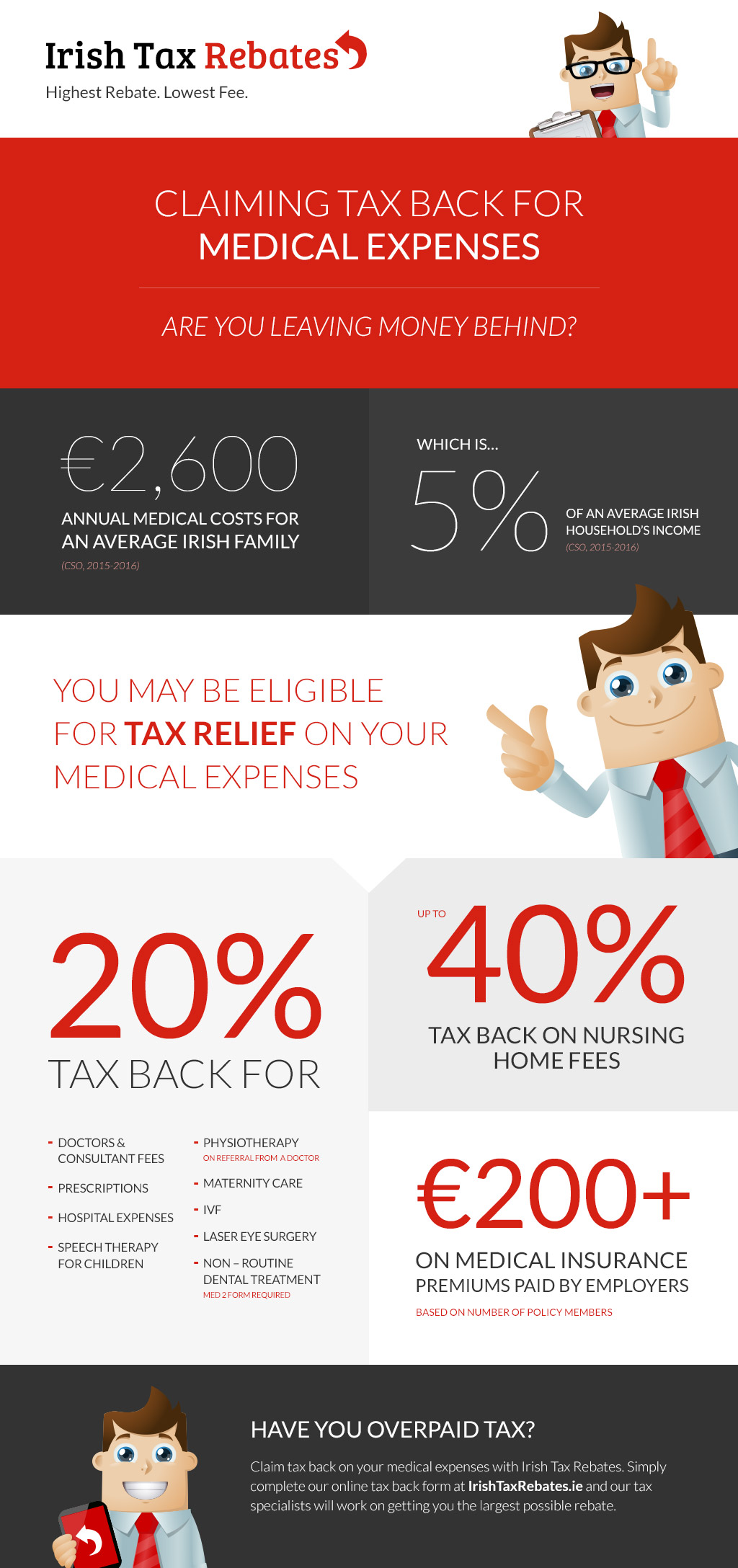Exactly How Does SMILE Eye Surgical Treatment Compare To LASIK And PRK?
Exactly How Does SMILE Eye Surgical Treatment Compare To LASIK And PRK?
Blog Article
Content Composed By-Humphries Osborne
If you've been thinking about SMILE eye surgical procedure, you could ask yourself just how it stacks up against LASIK and PRK. https://lasik-post22210.loginblogin.com/38125483/is-vision-improvement-surgical-procedure-appropriate-for-you-examining-your-credentials has its very own set of benefits and considerations. From quicker recovery times to potential dangers, there are key differences you ought to be aware of prior to making a decision. Recognizing these differences will aid you make an informed option that lines up with your certain demands and assumptions. Curious to know even more concerning just how these treatments compare thoroughly? Keep on exploring to get a thorough understanding of SMILE, LASIK, and PRK.
SMILE Eye Surgery Overview
If you're taking into consideration SMILE eye surgical treatment, you'll locate it to be a minimally invasive procedure with a fast healing time. During SMILE (Little Laceration Lenticule Extraction), a laser is made use of to produce a tiny, exact cut in the cornea to eliminate a small item of tissue, improving it to remedy your vision. This varies from LASIK, where a flap is developed, and PRK, where the external layer of the cornea is entirely gotten rid of.
One of the key advantages of SMILE is its minimally invasive nature, resulting in a faster healing procedure and much less pain post-surgery. The recovery time for SMILE is relatively quick, with lots of people experiencing boosted vision within a day or 2. This makes it a prominent selection for those seeking a convenient and effective vision correction procedure. Additionally, SMILE has been revealed to have a reduced threat of dry eye disorder compared to LASIK, making it a beneficial option for people worried regarding this prospective side effect.
Differences Between SMILE, LASIK, and PRK
When comparing SMILE, LASIK, and PRK eye surgical procedures, it's important to understand the distinctive techniques used in each treatment for vision improvement.
SMILE (Tiny Laceration Lenticule Extraction) is a minimally intrusive procedure that entails producing a little incision to remove a lenticule from the cornea, improving it to deal with vision.
LASIK (Laser-Assisted In Situ Keratomileusis) entails developing a thin flap on the cornea, using a laser to improve the underlying tissue, and then repositioning the flap.
PRK (Photorefractive Keratectomy) eliminates the outer layer of the cornea prior to reshaping the cells with a laser.
The main difference hinges on the method the cornea is accessed and dealt with. for cataract surgery which lens is best is flapless, making it an excellent option for individuals with thin corneas or those associated with contact sports. LASIK offers fast visual recovery because of the flap creation, however it might pose a greater risk of flap-related issues. PRK, although having a longer recovery period, stays clear of flap-related issues entirely.
Recognizing these variations is vital in picking the most suitable procedure for your vision correction needs.
Pros and Cons Comparison
To assess the benefits and disadvantages of SMILE, LASIK, and PRK eye surgeries, it's necessary to take into consideration the certain benefits and possible restrictions of each procedure. SMILE surgical treatment provides the benefit of a minimally invasive treatment, with a smaller sized cut and potentially quicker recuperation time compared to LASIK and PRK. It also minimizes the threat of dry eye post-surgery, a typical negative effects of LASIK. Nonetheless, SMILE might have restrictions in dealing with higher levels of myopia or astigmatism compared to LASIK.
LASIK surgical treatment gives fast visual recovery and marginal discomfort during the treatment. It's very effective in treating a large range of refractive mistakes, consisting of myopia, hyperopia, and astigmatism. Yet, LASIK carries a risk of flap issues, which can impact the corneal framework.
PRK eye surgery, while not as prominent as LASIK, stays clear of producing a corneal flap, lowering the threat of flap-related complications. It appropriates for patients with slim corneas or uneven corneal surfaces. However, PRK has a much longer recuperation time and may entail much more pain throughout the recovery process.
Final thought
So, when it involves selecting in between SMILE, LASIK, and PRK, consider it like selecting the excellent pair of footwear. SMILE resembles a smooth, comfortable set of tennis shoes - quick and simple.
LASIK is more like trendy high heels - showy and quickly, but with some potential risks.
PRK is like strong treking boots - reliable and durable, but needing a bit more effort and time.
Ultimately, the best option depends upon your specific demands and choices.
